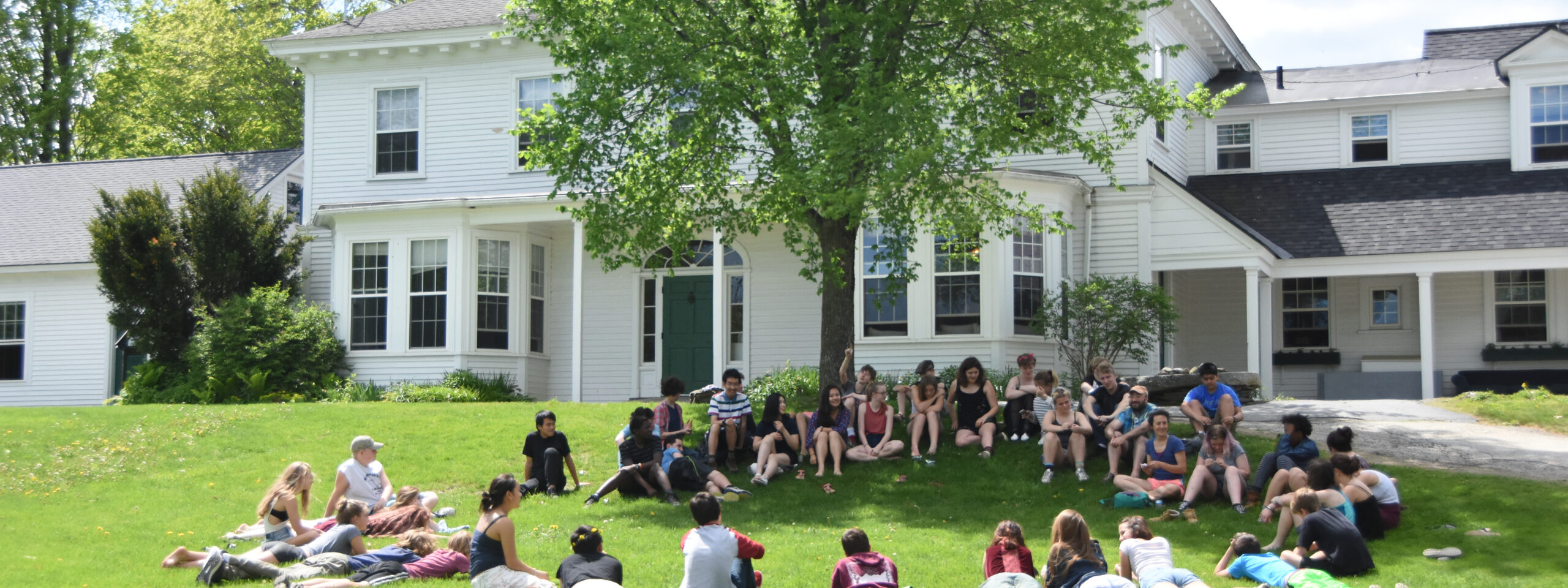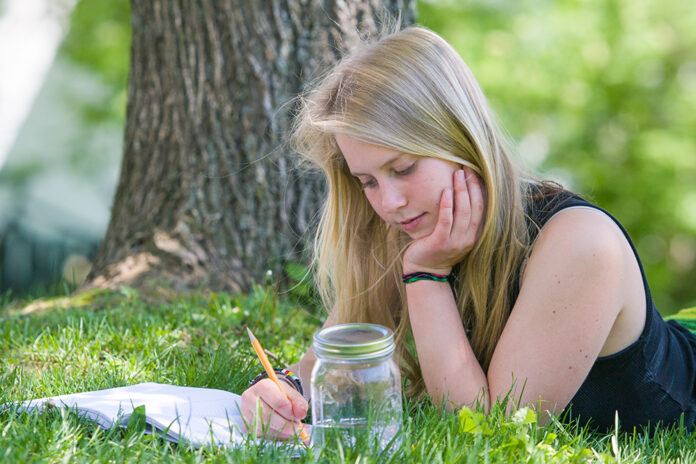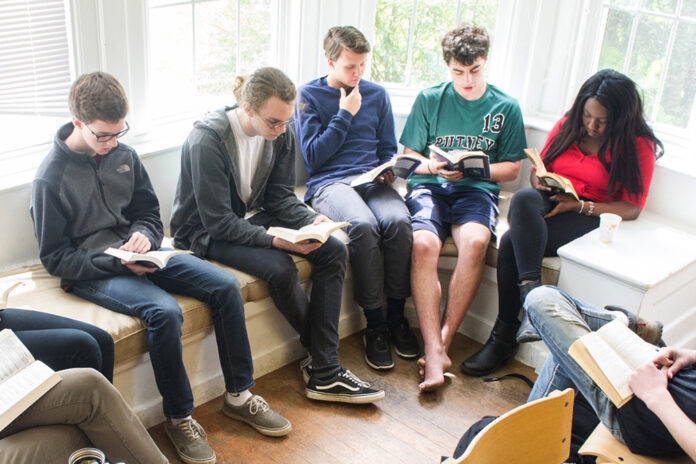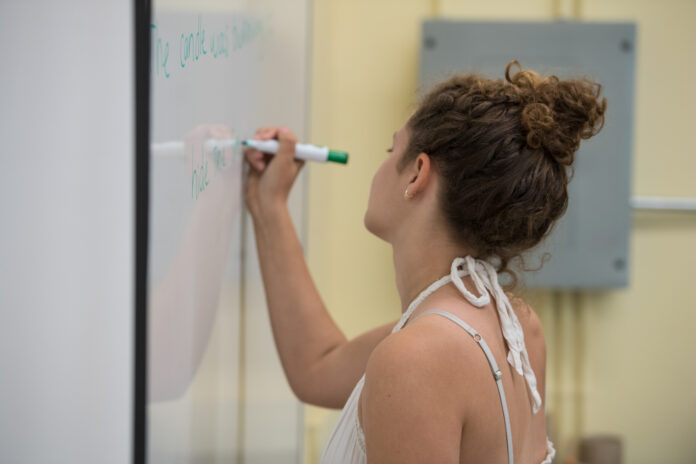Students collaborate with each other, make connections, and synthesize information about their world from historical, scientific, artistic, and literary sources.
Ninth grade students are required to take Humans in the Natural World, which integrates English, Social Science, and Natural Science.
Using the tools of these three disciplines, this year-long course begins by asking students “How Do We Know What We Know?” Starting with things we can observe locally, we expand to connect to the global community. Students are expected to collaborate with each other, make connections, and synthesize information about their world from historical, scientific, artistic, and literary sources. Each student undertakes several long-term projects, including detailed studies of a plot of land, a country, and a commodity. Students read novels, poetry, and both primary and secondary sources in all three disciplines. Ultimately, our 9th graders will hone their skills in analytical and creative writing, oral presentation, collaboration, research and analysis.Mathematical thinking is an integral part of our study. Students also learn the habits of reflection, self-evaluation, perseverance, and practice.
Throughout this class, students demonstrate their skills and understanding through presentations, experiments, Wiki creation, writing, and teaching. After completion of this three-credit, integrated course, Putney students will be expected to accurately sketch the world around them, critically observe and analyze their environment, collect and use GIS (Geographic Information Systems) data, write in both analytical and imaginative forms, synthesize scientific and historical facts into meaning, and be fearless enough to embrace uncertainty, ambiguity, and the benefits of failure.
Students will earn credits in science (0.5 biology and 0.5 earth science), history/social science (1.0), and English (1.0). In addition, they will learn to use some basic tools and vocabulary of economics, GIS, data analysis, political science, and the rudiments of epistemology.





